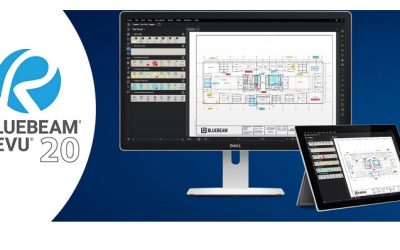Executive summary. Construction estimating isn’t wholly about the numbers. It involves a “feel” in its execution. This is why many say estimating is an art and a science.
What is estimating? An estimate is just that. An estimate. Not an exactimate. Getting low on bid day or successfully negotiating a job isn’t about just the “lwd’s”, or length, width, and depth. You have to know your crews, the weather, the owner, and the competition. And this can’t all be cranked out on a ten key.
The science first. The saying above is art and science, but let’s start with the science part. The mathematics can be taught in school. For example, concrete volume is length, width, depth divided by 27 to get to cubic yards. Then the square footage of contact area is used to develop the production rate, say 7 square feet/manhour. Voila, done.

Now the art. Watch me paint this canvas:
- Last time the owner let us put in recycled aggregate base, not the basalt at twice the price.
- The next job we’ll get Travis as an inspector, so this will be easier because he loves bacon, egg, and cheese biscuits. Put in a line item for breakfast sandwiches at $500 versus the $15,000 of waiting time for a 14-day pour strip versus a 7-day strip.
- The backfill detail calls for aggregate, but you’ve got three levels of utility conflicts across the trench. Forget the jumping jack and the elephant’s foot, just fill it with lean concrete. Your labor and time of completion for the backfill item was shredded.
- The cost of operation and maintenance costs on water flowing through your non-watertight stop logs in a treatment plant. Nope, we can’t have those costs. Throw in a bucket of sawdust on the wet side. Crevices and pinholes in the plywood and adjacent concrete channels are plugged. Temporarily. And at zero cost.
You don’t learn these things in school. You learn them through experience. You talk to your superintendents, you run work, you pay attention.

My story. I’ve estimated thousands of jobs. From $500 change orders to $4 billion transportation projects. It all has to do with getting on the job in your mind. Close your eyes and build the job. From the ground up. As you see the job, smell the job, and walk the job you can take your experience in you mind and put it on paper. Paint the computer screen with notes and numbers. Get creative. Because this is how these jobs are built. Someone has an idea which morphs into another idea which results in the final product.
Work safe!






0 Comments